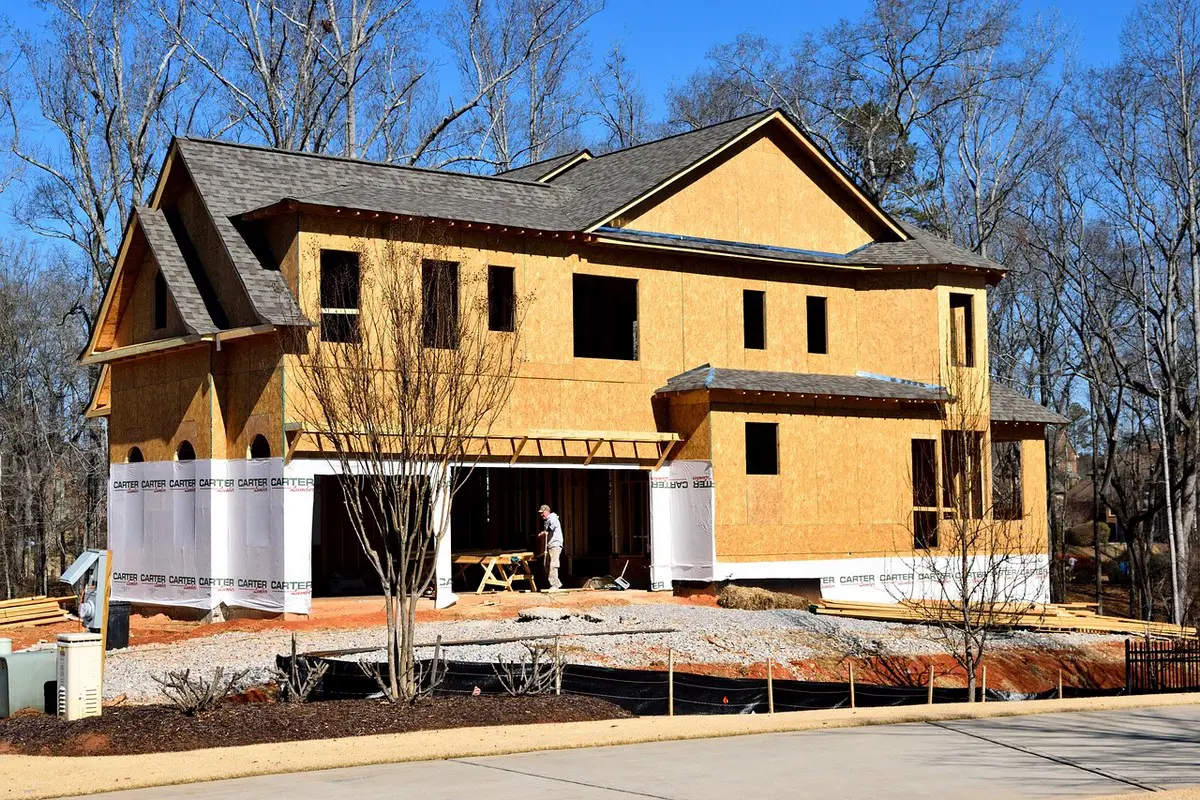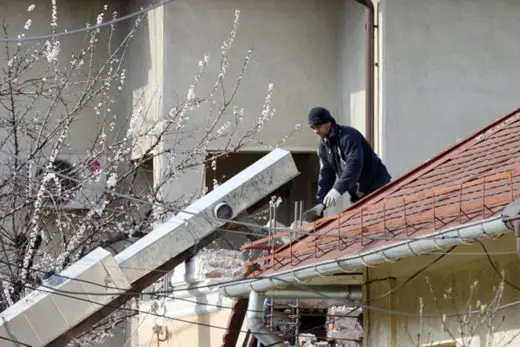Roofing materials for your home, House roof maintenance practices, Property roof installation
Roofing Materials Matter: Tailoring Maintenance Practices to Your Roof’s Composition
April 11, 2024
Choosing the right roofing material is not just about aesthetic appeal or cost-effectiveness; it profoundly impacts your roof’s maintenance requirements and longevity.
Various materials are available in the market, from traditional asphalt shingles to modern synthetic options. Each has its characteristics, benefits, and care needs. By understanding the nature of your roofing material, you can tailor maintenance practices to suit its composition, ultimately ensuring a durable, long-lasting roof.
This guide will explore the different roofing materials and the respective maintenance strategies that will help you preserve the integrity of your roof over the years.
Asphalt Shingles
Asphalt shingles are the most commonly used roofing material and for a good reason. They are inexpensive, easy to install, and come in various colors and styles. However, they have a shorter lifespan than other materials and require regular maintenance to prevent cracking or curling.
Asphalt Shingles Maintenance Tips:
- Keep the roof clean and debris-free to prevent water from pooling and causing damage.
- Inspect for any wear or damage, such as missing or cracked shingles, and repair or replace them when needed.
- Trim overhanging tree branches to prevent them from rubbing against the roof surface and damaging the shingles.
- Schedule regular professional inspections to identify any potential issues early on.
Metal Roofing
Metal roofing has gained popularity recently due to its durability, energy efficiency, and low maintenance requirements. It can withstand harsh weather conditions and resist fire, rot, and insect damage.
Metal Roofing Maintenance Tips:
- Inspect for any rust or corrosion, especially at the seams or around fasteners, and address it promptly.
- Keep the roof surface clean and debris-free to prevent water from pooling and causing corrosion.
- Trim overhanging tree branches to prevent them from scratching or denting the metal panels.
- Regularly check for loose or missing fasteners and tighten or replace them as needed.
Tile Roofing
Tile roofing is popular for its aesthetic appeal, longevity, and fire resistance. It is available in various materials, such as clay, concrete, and slate, each with unique maintenance requirements.
Tile Roofing Maintenance Tips:
- Inspect any cracked or broken tiles and replace them promptly to prevent leaks.
- Keep the roof clean and debris-free to prevent water pooling and damaging the tiles.
- Trim overhanging tree branches to prevent them from falling and cracking the tiles.
- Schedule regular professional inspections to identify potential issues early on, especially with clay tile roofs, as they can be prone to moss or algae growth.
Synthetic Roofing
Synthetic roofing materials like rubber or PVC offer a more affordable and durable alternative to traditional materials. They are highly resistant to weather and can mimic the appearance of other materials.
Synthetic Roofing Maintenance Tips:
- Inspect for any damage, such as cracks or tears, and address them promptly to prevent water leakage.
- Keep the roof clean and debris-free to prevent water from pooling and causing damage.
- Trim overhanging tree branches to prevent them from rubbing against the surface and damaging the material.
- Regularly check and maintain any seams or flashing to prevent water from seeping through.
How to Choose the Right Material
Choosing the right material for your roof entails more than just selecting the most visually appealing option or the cheapest one available; it requires careful consideration of several critical factors to ensure that your choice meets your home’s needs, environmental conditions, and budget. Here are essential tips to guide you in picking the right roofing material:
- Consider the Climate: Your location’s climate is pivotal when choosing roofing material. For instance, metal roofing might be preferable in areas prone to wildfires, while tile roofing, due to its heat resistance, could be ideal in hot, sunny climates.
- Assess the Roof’s Structure: Evaluate your home’s structural integrity, including the roof’s slope and strength. Some materials, like slate or clay tiles, are heavier and might require additional support, whereas materials like asphalt shingles are suited for various slopes and structures.
- Think Long-Term: Factor in the longevity and maintenance requirements of each material. While some materials may have a higher upfront cost, they could offer greater durability and lower maintenance costs, ultimately providing better value over time.
- Review Local Building Codes: Some areas may have restrictions or guidelines on the types of roofing materials you can use based on factors like fire resistance or architectural harmony with the neighborhood. Always check local regulations before making a decision.
- Energy Efficiency Matters: Consider how well the roofing material insulates your home and reflects sunlight. More energy-efficient materials can significantly reduce heating and cooling costs, contributing to long-term savings.
- Aesthetic Appeal: While functionality and durability are paramount, the material’s aesthetic appeal should complement your home’s overall look and style. Some materials are available in various colors and designs, allowing greater customization to fit your taste.
- Professional Consultation: Consulting with a roofing professional can provide valuable insights into the most suitable materials for your situation. They can assess your home’s needs, discuss your options, and help you make an informed decision.
Don’t Forget the Roof Underlayment
While choosing the right material for your roof is essential, don’t overlook the importance of the ideal roofing underlayment. Underlayment is a protective layer installed between the roofing material and the roof deck, providing an extra barrier against water leakage and other types of damage.
Some materials, like asphalt shingles, may come with their underlayment, but ensuring it is properly installed and in good condition is still crucial. In other cases, you may need to purchase a separate underlayment for your chosen roofing material. Consult a professional to determine the best underlayment for your roof.
Roofing materials Conclusion
Proper roof maintenance ensures longevity and protects your home from damage. By following these maintenance tips and carefully considering the factors involved in choosing the right roofing material, you can ensure that your roof looks good and serves its purpose for years to come.
Don’t forget to include regular professional inspections as part of your maintenance routine to catch any potential issues early on and address them promptly. With proper care, your roof can continue to provide shelter and protection for your home and family.
Comments on this guide to Roofing Materials Matter: Tailoring Maintenance Practices to Your Roof’s Composition article are welcome.
Roofing Articles
Roofing Posts
Flat roof repair

image source : pixabay.com
Insulation Options for Your Roof
Property Design
Contemporary Residential Property Design
Comments / photos for the Reasons Why Proper Roofing is Crucial for Your Home page welcome






